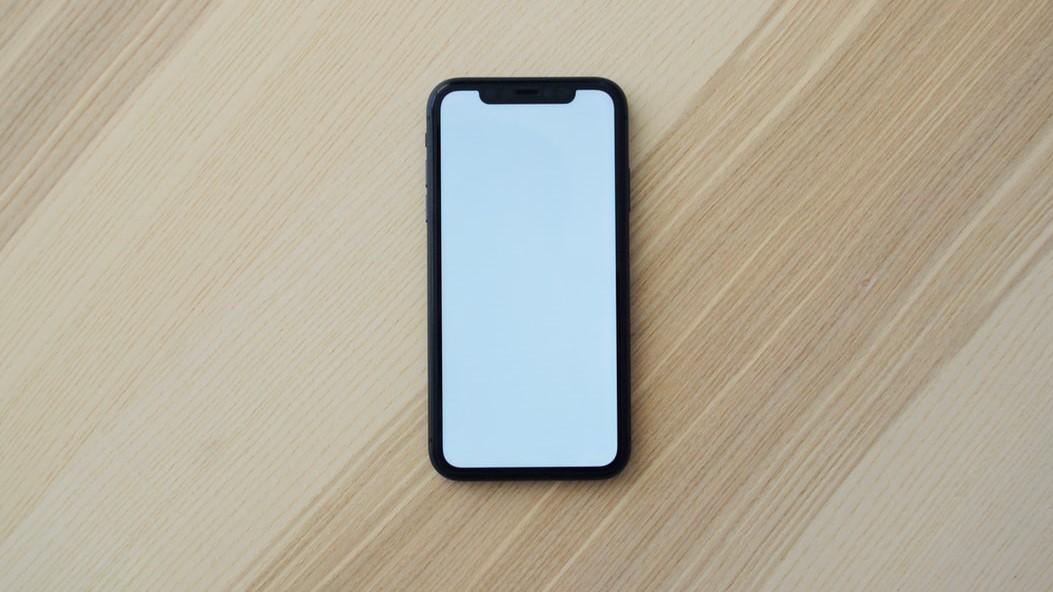
Digital payments in the Philippines reach 20.1% in 2020
The central bank said this is a substantial improvement from an estimate of 17%.
The Bangko Sentral ng Pilipinas (BSP) announced that it more than reach its 20% target of digital payments volume by end-2020.
The Philippines’ central bank reported that 20.1% of monthly payments volume were done digitally by end 2020, a substantial improvement over a span of a mere six-month period from the 2020 first semester estimates which pegged digital payments volume at 17%. Meanwhile, the value of digital payments likewise substantially grew from 25% to 26.8% for the same period.
BSP attributed the increased usage of digital payments to high-frequency, low value retail transactions such as person-to-merchant payments and person-to-person (P2P) payments such as electronic fund transfers.
By the end of 2020, merchant payments surged by 47.8% in volume or an increase by 250.2 million transactions from 2019. Significant contributors to the overall rise in digital payments volume include remittances which grew by 18.1%, reflecting the wider usage of wallet-to-wallet electronic fund transfers, and G2P Salaries and Payroll which registered an increase of 21.1%. The latter is due to the shift from cash to digital payments of salaries by government institutions.
According to BSP Governor Benjamin E. Diokno, whilst the COVID-19 pandemic may have disrupted regular movement in the economy, it also created exceptional opportunities to boost digital payments and financial inclusion in the country.
“It was opportune that, even before the pandemic, the BSP was able to lay out the critical foundations to an interoperable national retail payment system and enabling regulatory frameworks that allowed payment service providers to innovate and offer responsive digital payment products and services. These have helped ease the burden of Filipinos as they navigate under the New Economy Arrangement,” Diokno said.






















 Advertise
Advertise






